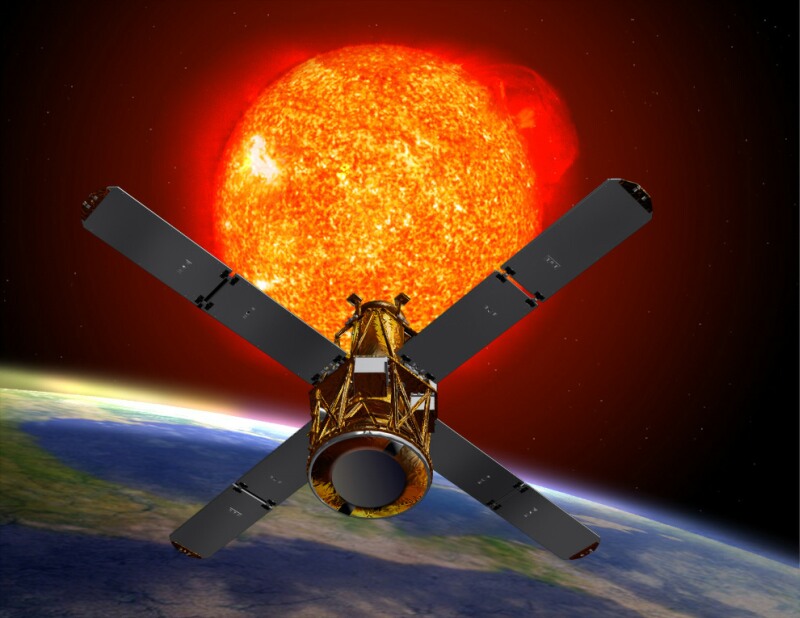Ten years ago today — June 5, 2002 — Space Shuttle Endeavour launched from the Kennedy Space Center on a mission to the International Space Station.

(STS-111 launch. NASA image.)
The STS-111 crew consisted of US astronauts Paul S.Lockhart, Kenneth D. Cockrell, Franklin Chang-Diaz, and Peggy Whitson, French astronaut Philippe Perrin, and cosmonauts Valery G. Korzun and Sergei Y.Treschev. Korzun, Treschev, and Whitson comprised the ISS “Expedition Five” crew, and stayed aboard the ISS when Endeavour departed with the Expedition Four crew.
Endeavour delivered supplies and equipment to the ISS, and returned unneeded hardware and materiel from the station. In a series of EVAs, the crew installed the Mobile Remote Service Base System on the Mobile Transporter, which extended the Canadarm2 robotic arm’s reach by allowing it to traverse the station’s length. They also replaced a wrist roll joint on the station’s robotic arm.
Finally …
This foray into space history wouldn’t be complete without noting how good it was to see SpaceX‘s Dragon space capsule become the first commercial vehicle to dock with the space station. Well done!
















